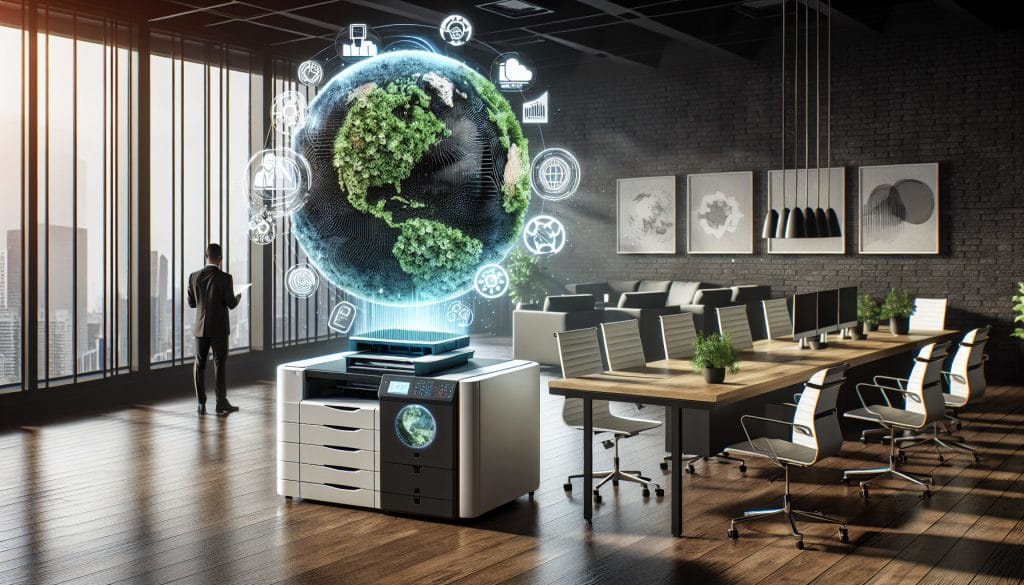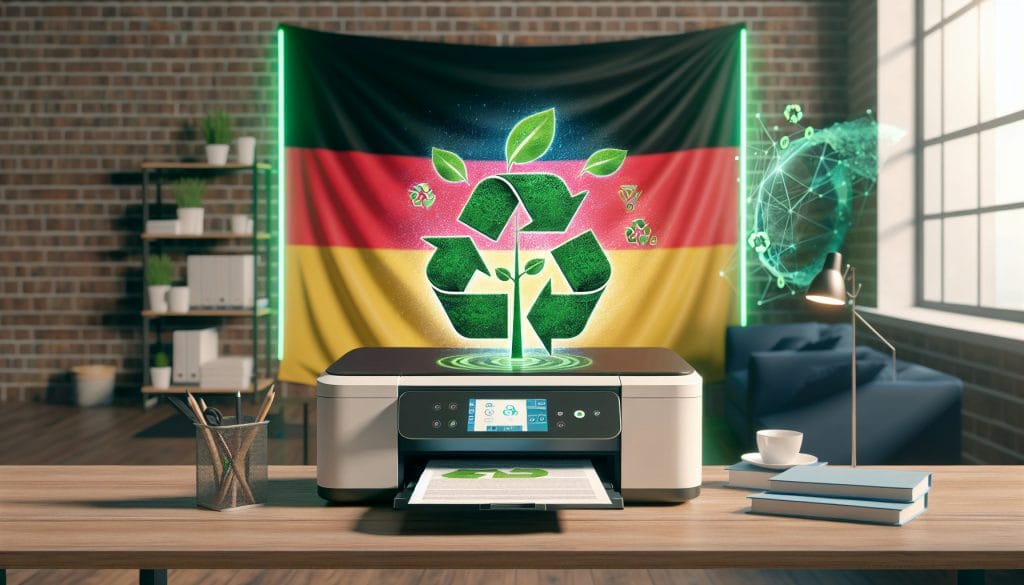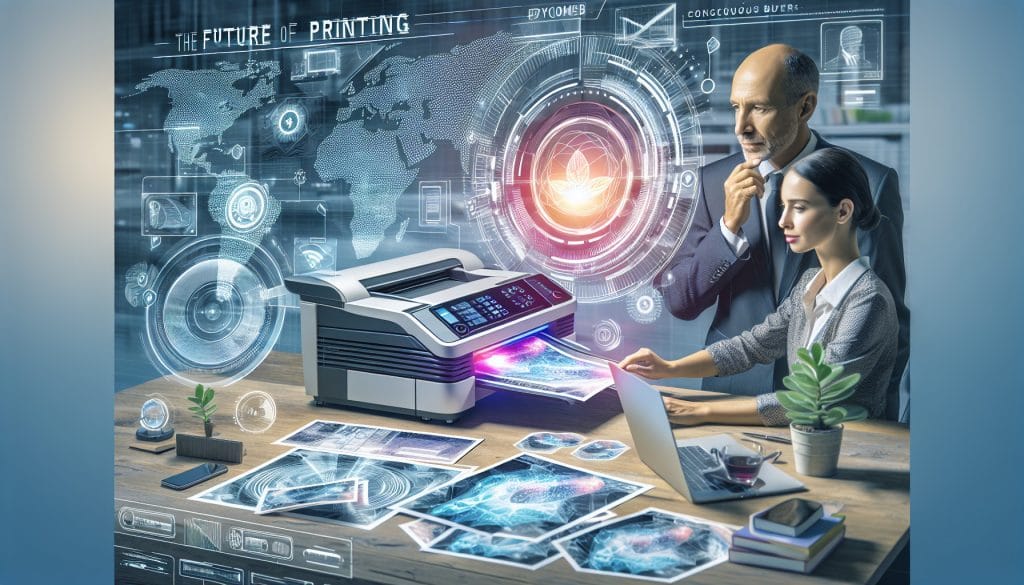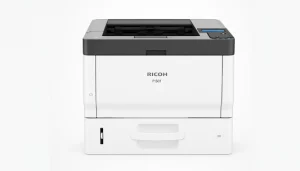The Future of Printing: Sustainable Options and Innovative Technologies for the Modern Workplace
In today’s business world, the focus is on sustainable printing increasingly important. Companies are challenged to reduce their environmental footprints while increasing efficiency and productivity. Below we explore the different aspects of printing, innovative technologies and environmentally friendly options that are being applied in the modern workplace.
The shift towards sustainable printing solutions
The need for sustainable printing is not just a trend, but an urgent requirement. Experts estimate that the printing industry is responsible for over 400 million tons of CO2 emissions annually. Companies must act proactively to reduce these figures. The most important factors include:
- Resource-saving materials: By using recycled paper and bio-based inks, companies can reduce their material costs while becoming more environmentally friendly.
- Sustainable printing technologies: Printers and multifunction devices that use special technologies to reduce energy consumption are crucial to sustainable practices.
- Waste reduction: By implementing effective print management systems, companies can reduce waste and optimize material usage.
Innovations in the printing sector
The printing industry has produced innovative technologies that have the potential to fundamentally change the way businesses print. Some interesting developments include:
- 3D printing: This technology enables the creation of physical objects from digital models and significantly reduces the amount of material waste.
- Pressure on demand: Instead of large print runs, companies can produce individually printed products on demand, reducing storage costs.
- Digital printing: Digital printing allows for more efficient processing of smaller print runs with minimal loss of resources.
The Role of Printers in the Modern Workplace
Printers like the Ricoh Aficio MP 502 play a crucial role in sustainable printingThis printer uses a variety of technologies to increase efficiency and be environmentally friendly. It offers features such as:
- High printing speed: The ability to print large quantities of products quickly enables workflow optimization.
- Less energy consumption: The Ricoh P 502 is designed to consume less energy than conventional printers.
- Easy maintenance: Regular maintenance and easy replacement of materials further reduce waste.
Sustainable materials and inks
For sustainable printing The materials used are also crucial. Using recycled paper not only helps the environment but also helps save costs. In addition, companies can switch to eco-friendly inks that contain fewer harmful chemicals and are biodegradable.
Examples of sustainable inks:
- Soy-based inks: These inks are made from renewable raw materials and are an excellent alternative to conventional petroleum-based inks.
- Water-based inks: These inks are less harmful to the environment and make cleaning printing machines easier.
- Ecological printing inks: Manufacturers offer special colors that are obtained from natural materials.
Increasing efficiency through print management systems
Print management systems (DMS) help companies optimize their printing processes and reduce costs. These systems offer features such as:
- Monitoring the print volume: DMS enable pressure volume monitoring and help identify behavioral patterns.
- Optimizing the default print settings: Through automatic adjustments, companies can manage their resource allocation more efficiently.
- Cost transparency: DMS provide detailed reports on printing costs so that companies can identify potential savings.


Responsible disposal and recycling
Another important component of sustainable printing is the responsible disposal of printing materials. Many companies have implemented programs to ensure that used toner cartridges and paper waste are properly recycled. This includes:
- take-back programs: Manufacturers offer take-back programs for empty toner cartridges to promote the recycling process.
- Recycling instructions: Companies should provide their employees with clear guidelines for recycling printed materials.
- Partnerships with recycling companies: Working with specialized recycling companies can help minimize the environmental impact.
Case studies: Companies that have successfully switched to sustainable printing solutions
To take advantage of the sustainable printing To illustrate, let's look at some companies that have successfully switched to environmentally friendly printing practices:
Company A: A pioneer of sustainability
Company A has reduced its print production costs by 30% by implementing environmentally friendly printing solutions. The company relies on:
- 50 % recycled paper for all printing processes
- Ecological inks with pollutant-free ingredients
- Combined printing and scanning functions to minimize paper waste
Company B: Reducing energy consumption
Company B decided to upgrade to the Ricoh Aficio SG 3110DNW, which reduced energy consumption by 40%. The notable features of this printer include:
- Low power consumption: Compared to previous models, this printer requires significantly less energy.
- High printing performance: It offers fast printing speed, saving resources.
- User-friendliness: The ease of use has contributed to the acceptance and promotion of sustainable printing in the company.
The importance of training and awareness
The implementation of sustainable printing requires not only technology but also a strong awareness throughout the company. Employee training programs are crucial to promote understanding of environmentally friendly practices. Important reasons for this include:
- Improved efficiency: Well-trained employees are able to use printing resources more effectively.
- Raising awareness: The training increases awareness of the environmental impact of printing processes.
- Promoting a positive employer image: Companies that are committed to sustainability attract talented employees.
Outlook on the Future of Printing
The future of printing is both exciting and challenging. The constant development and integration of new technologies will be crucial to how companies sustainable printing into their daily work routine. In addition, the demand for environmentally friendly solutions will continue to rise and force companies to continuously improve.
Complex issues such as the use of recyclable materials, energy efficiency of printers and employee training will become increasingly important. Companies that respond proactively to these challenges will be able to take a leading role in the printing industry.
In summary, it can be said that sustainable printing is not only a business necessity, but also an opportunity to make your company environmentally conscious while saving costs. It is worth considering the available technologies and ideas to remain competitive and environmentally friendly.














